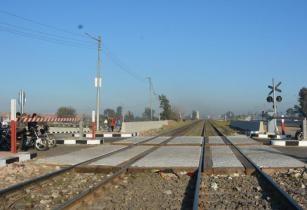The International Consortium led by GE has signed an agreement in Washington D.C. to proceed with the Interim Phase of the Nigerian narrow-gauge railway concession, following its award of preferred bidder status by the Federal Government of Nigeria in May 2017
Logistics
Thales set to help Egypt’s railway modernisation plan
As part of the railway modernisation contract for the Cairo-Alexandria line, Egypt National Railways (ENR) has selected Thales to modernise the 48km Cairo-Benha section
flydubai starts direct air connection with Kinshasa
Dubai-based flydubai has announced to operate daily flights to N’djili International Airport in the Congolese capital, Kinshasa, marking itself as the UAE’s first carrier to create direct air links with Congo
African airlines see 6.3 per cent growth in traffic, says IATA
African airlines saw a 6.3 per cent rise in traffic compared to February 2017, according to latest figures released from the International Air Transport Association (IATA)
Fastjet expects to be cash flow positive from operations by 2018
Low-cost carrier fastjet said it expects to be cash flow positive from operations for the full-year as it cut its fleet size in key markets such as Zimbabwe and Tanzania and an expanded into Mozambique





















